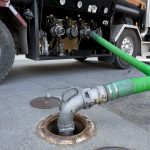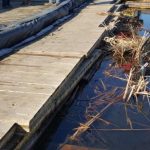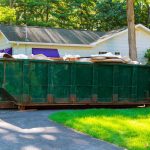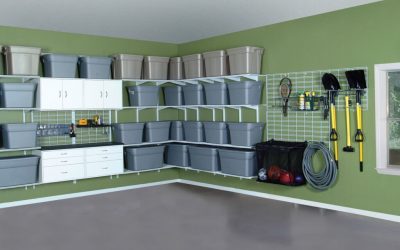Oxygen cleaning is an industrial cleaning method that is commonly used in the cleaning of manufactured equipment or system. Generally, oxygen cleaning prepares the equipment or system for an oxygen-rich environment. This is done by removing any combustible contaminants that might be present on the equipment such as oils, fiber, waste, dust, paper, solvents, sand or dirt and so on. It’s important to have these kinds of contaminants removed to ensure that your equipment or system is susceptible to explosions or fire-related damage. oxygen cleaning can be used on a variety of material surfaces including copper, various alloys, titanium and stainless steel – just to name a few.
Kinds of Oxygen Cleaning
There are two main types of oxygen cleaning – cleaning with compatible oxygen cleaners and cleaning equipment for oxygen service. Cleaning with compatible oxygen cleaners is typically used when cleaning the surface of equipment that comes into regular contact with oxygen. By cleaning this type of equipment with oxygen, there’s no chemical residue left on the surface, which could cause a chemical reaction once exposed to oxygen. Cleaning equipment for oxygen services, on the other hand, is essentially a similar process only with an additional step or two. The additional steps ensure that there are absolutely no cleaning agents left behind.
Standards
Oxygen cleaning has many rules, procedures and regulations to ensure proper safety for those who work with equipment in oxygen-rich environments as well as those who are contracted for the cleaning of the equipment or systems. Due to the harmful consequences, most companies that provide oxygen cleaning have to inspect thoroughly and test their tools and equipment – for the highest quality results. After their equipment is examined properly, there are pretty straight forward steps to oxygen cleaning. Cleaning instructions are as follows:
* Disassemble the item or system that needs to be cleaned
* Pre-wash all components with mineral spirits to remove any excess grease, oils or other contaminants.
* Once degreased all components are thoroughly dried (this process also includes isopropyl alcohol rinse followed by air drying).
* Lastly, the components are inspected under both white and black light to ensure that no hydrocarbon residue remains.
* After passing inspection, the component can be moved to the clean area.
Following the above procedure will ensure your equipment and tools are safe for use in an oxygen-rich environment.








